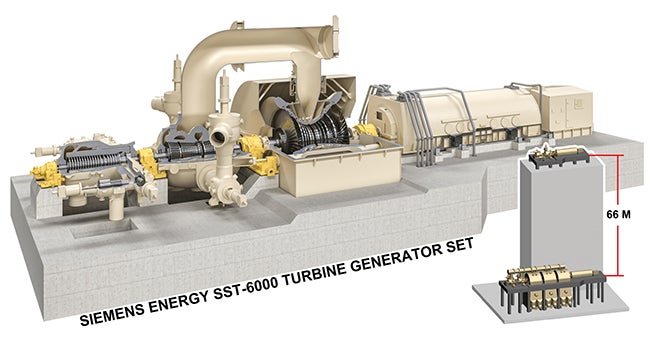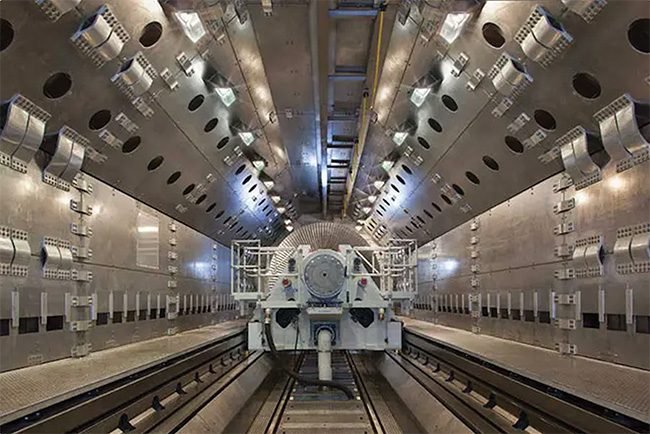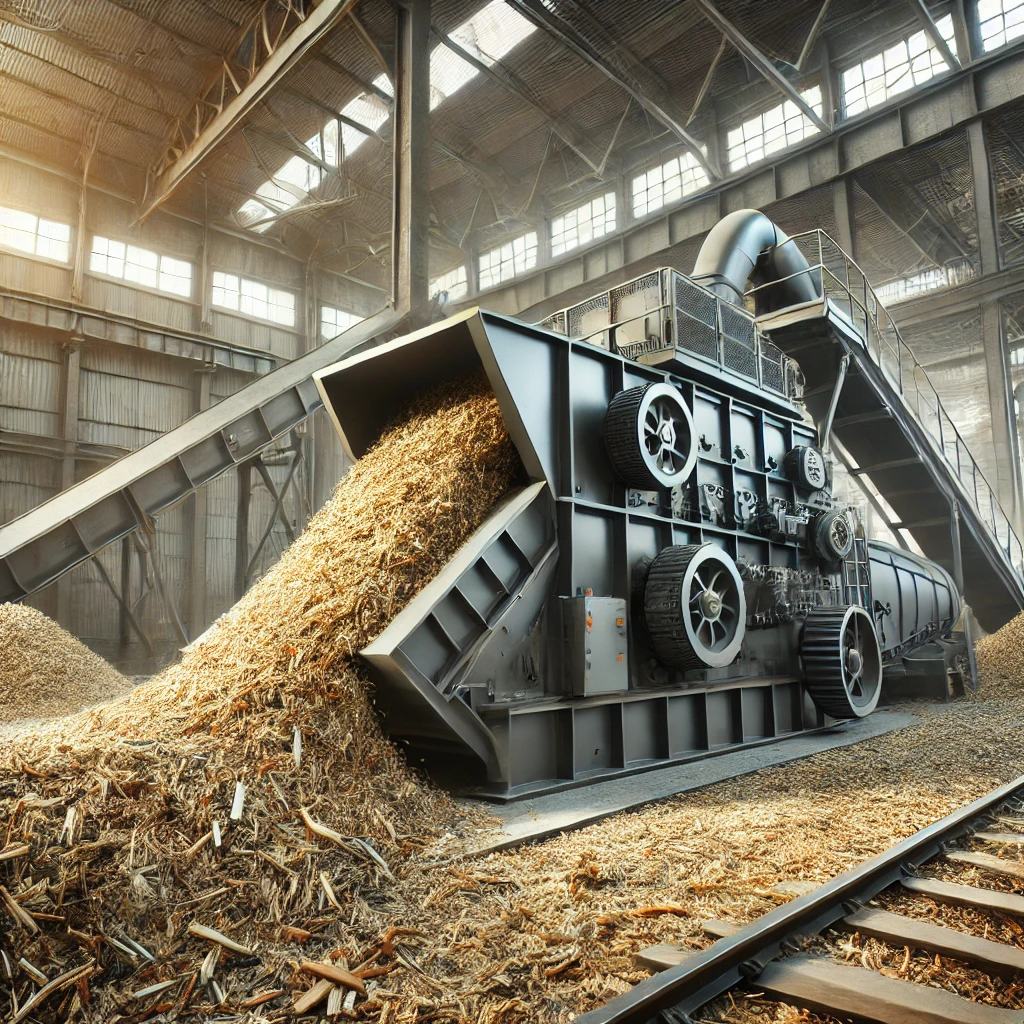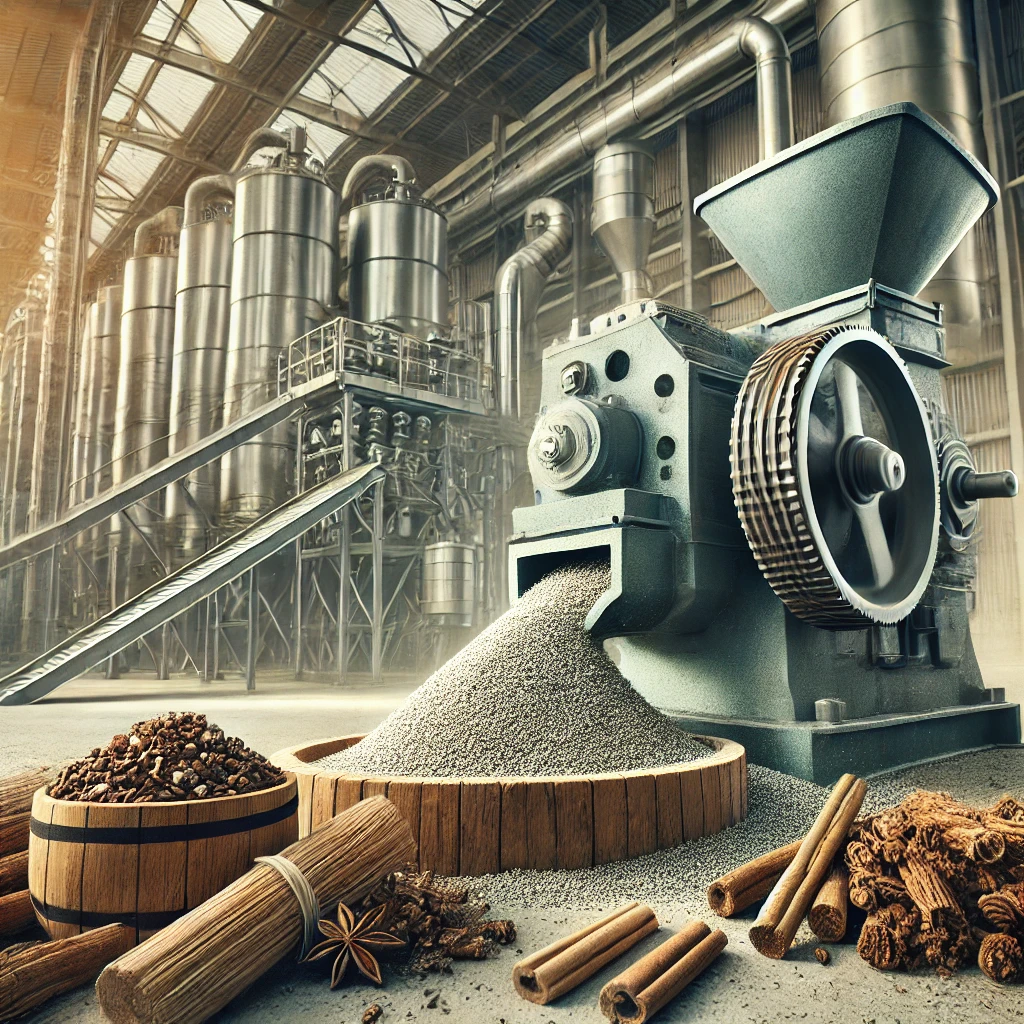Introduction
A hammer mill is crucial in the production of biomass pellets, especially in India’s flourishing bioenergy sector. By finely grinding raw materials, a hammer mill ensures that they are at the optimal size and consistency for efficient pellet formation.
How a Hammer Mill Works
A hammer mill uses rotating hammers to break down organic materials—like wood chips or agricultural residue—into smaller particles. These particles can then be compressed into pellets with minimal energy loss and material wastage.
Benefits of Using a Hammer Mill
- Improved Pellet Quality: The uniform particle size translates to denser and more stable pellets.
- Reduced Energy Consumption: Proper grinding reduces the strain on the pellet machine.
- Versatility: A hammer mill can handle a wide variety of materials, from soft agricultural waste to harder wood residues.
Government Support & Subsidies
The MNRE and various state-level agencies provide financial incentives for acquiring hammer mills and other biomass processing equipment. These can include capital subsidies, tax exemptions, and preferential loans.
Why Biofuel Yantra?
We don’t just sell machines—we offer complete project planning and post-installation support. Our experts help you choose the right hammer mill model, navigate government subsidies, and train your workforce.
Conclusion
A hammer mill is indispensable for producing high-grade biomass pellets and optimizing operational efficiency. Get in touch with Biofuel Yantra to learn how the right hammer mill can accelerate your journey towards sustainable energy production.







